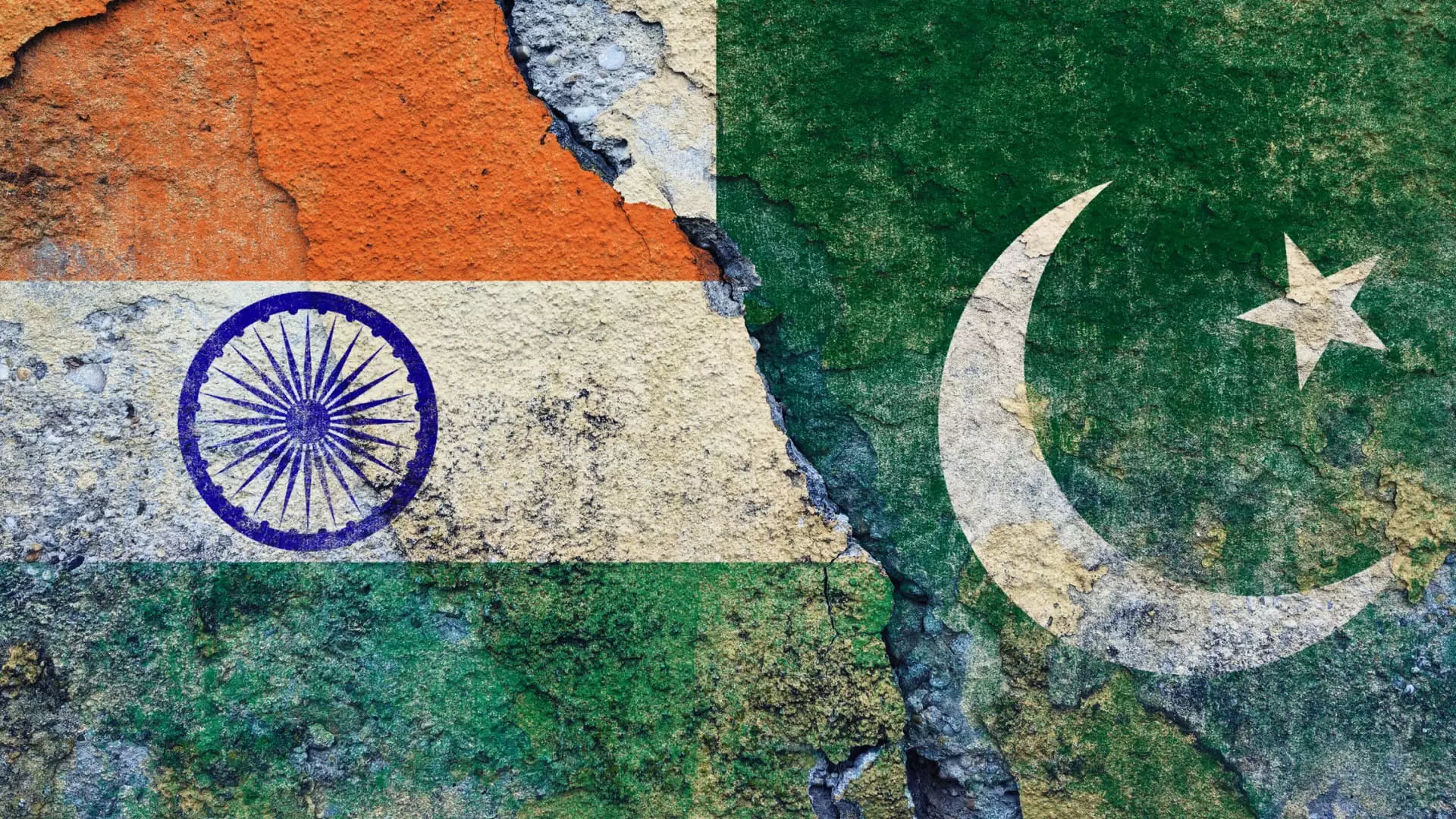The recent diplomatic endeavors between Britain, the United States, India, and Pakistan highlight a poignant truth: ceasefires in regions fraught with historical enmity are often as delicate as a spider’s web. Foreign Minister David Lammy’s remarks in Islamabad underscore the pivotal role that international mediators play in the precarious effort to cultivate a sense of stability in South Asia, a region that has seen conflict escalate alarmingly in recent years. The prevailing belief is that while the ceasefire holds for now, its sustainability is governed by an interplay of comprehensive dialogue and the implementation of confidence-building measures.
Despite the optimism of foreign policymakers, this fragile peace raises fundamental questions about the effectiveness of interventionist diplomacy. Why are these two nuclear-armed neighbors still so far from true reconciliation? The announcement of a ceasefire is merely a band-aid applied over a deeply ingrained wound; the festering issues tied to Kashmir, terrorism, and water rights linger unaddressed. If historical precedents teach us anything, it’s that treating symptoms rather than causes seldom yields a robust and lasting peace.
Colonial Legacies and Modern Politics
The subcontinent’s complex tapestry is woven with the threads of colonial legacies and post-colonial national identities. The Kashmir conflict is emblematic of these historical grievances—a territorial dispute rooted in a time when colonial rulers played favored games, leaving behind a divided populace steeped in mistrust. This is not merely a historical anecdote but an active contributor to the animosities that persist today.
As Lammy navigates the corridors of power in Islamabad, advocating for dialogue and adherence to international treaties like the Indus Water Treaty, it’s crucial to recognize the significance of these agreements in the context of burgeoning nationalism and territorial claims. Deliberately suspending such treaties plays into a larger narrative of conflict escalation rather than resolution. The fact that India could toggle its participation in such a crucial agreement suggests a disregard for collaborative governance that could stabilize the region—a reckless move when lives depend on equitable water access.
Diplomacy: The Temporary Fix
Looking at the path forward, the U.S. and UK’s roles in facilitating dialogue cannot be overstated; however, it’s essential to question the efficacy of their involvement. Are they fostering genuine peace, or are they only treading water in a sea of unresolved grievances? Their diplomatic overtures can often feel more like a public relations exercise than an earnest commitment to peace and stability.
The promise of upcoming talks in a neutral location remains an elusive dream, a potential lifeline thrown amidst rising waters. However, until both nations confront their respective historical narratives and nationalistic sentiments, such dialogues risk being reduced to mere formalities—political theater played out while real people continue to bear the scars of conflict.
The Role of Regional Actors and Broader Implications
Moreover, the involvement of global superpowers follows a predictable script, one that often overlooks the nuances of regional dynamics. As Lammy brings attention to the importance of countering terrorism, the intricate ties between terrorism, national identity, and state integrity become apparent. Countries like Pakistan face a grueling internal battle against extremist elements while navigating its geopolitical games with India. The oversimplification of this dynamic could lead to disastrous policy decisions that further exacerbate violence rather than contain it.
As discussions about India’s water policies and its implications for Pakistan’s agriculture unfold, we must recognize the inherent risks that come from allowing political gamesmanship to dictate life-sustaining resources. Water is a fundamental human right, and denying access can transform political disagreements into humanitarian crises.
In the grand scheme of things, the need for persistent, nuanced dialogue is paramount. The narratives we create around peace and conflict shape the lived realities of millions. As the world watches, the fragility of the Indian-Pakistani ceasefire raises a clarion call; we must ask ourselves: are we truly committed to fostering peace, or are we mere spectators in a theater of unforeseen consequences?

